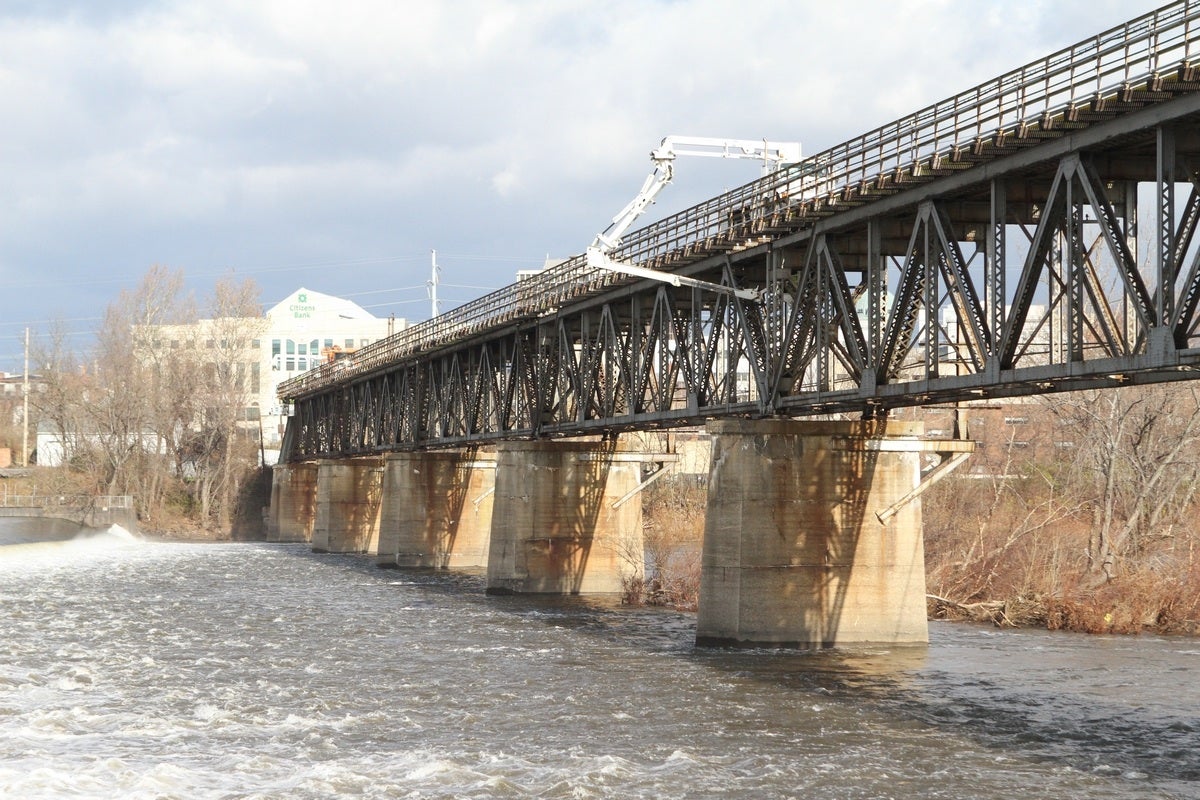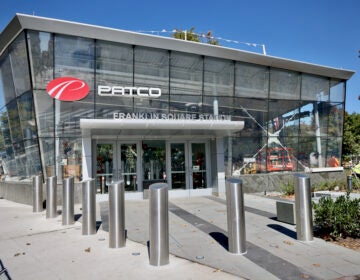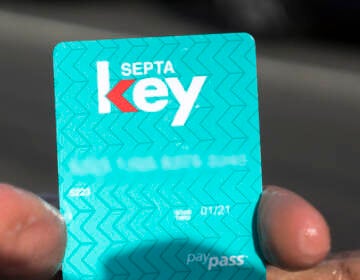SEPTA no longer on brink of shrinking, state funding a “game changer”

In September, SEPTA made a bleak prediction. If it did not receive additional funding, the transit system would shrink. In a service realignment plan, SEPTA forecasted, among other things, having to shut as many as nine regional rail lines and replace all trolleys with buses.
Then after much debate in Harrisburg, the state passed a $2.3 billion transportation funding package in late November. Approximately $340 million is earmarked for public transit, and SEPTA is expected to get about 69 percent of that funding. While PennDOT is still sorting out final dollar amounts and revenue streams, the doomsday clouds have cleared.
PlanPhilly sat down with SEPTA General Manager Joe Casey to ask what this new funding means for SEPTA and its riders and what threats to service might remain.
How does the new funding legislation change SEPTA’s outlook?
It’s a game changer for us. When it’s fully implemented our capital program will double what it is now. We’re [currently] looking at over $300 million. It will jump to over $600 million. Right now at $300 million, we’re spending about a third of what similar size agencies [spend], so this will get us to two-thirds. Is it 100 percent? No, but it certainly puts us in a much better position than we would have been.
Is it enough money? In the realignment plan SEPTA said it needed an additional $454 million by 2014.
It all depends on the source of the funds, and I think we’re very fortunate that the funds that we’re getting are bondable. If you can bond those funds you can certainly stretch those dollars out, especially when you’re talking about something like rail cars or the trolleys that need to be replaced. You can actually issue a bond to fund that over 20, 25 years.
Where will the money go?
We’re working on both the five-year plan and also a ten-year plan to [identify] where those moneys will go, but it’s not surprising that when you look at what the scenario was without the funding. The first line to go was the Media Line, primarily due to the four viaducts – three of them have timbers that need to be replaced – that has to be addressed right away.
The Crum Creek Bridge also has to be addressed right away, but that … has to be designed, so it will be a couple of years before construction. There are substations that have to be done. The Jenkintown Substation, that would certainly be at the top of the list.
How will people see the impact of the new funding?
That’s going to be difficult. They’ll see some stations, but a lot of stuff they won’t see. They’ll see when we have service interruptions on the Media Line because we’ll be fixing the bridges. They won’t necessarily see the benefit of that, but that’ll preserve the system for years. That’s the difficulty because a lot of our needs are behind the scenes. They’ll certainly see improved reliability on the system from a power standpoint. We won’t be slowing down our service due to slow orders on bridges, but overall it’s going to be a mix. You’re going to have some visible projects and, quite frankly, some projects that aren’t quite as visible.
Is there anything else that SEPTA riders should be aware of?
Some of the projects that we’re already committed to. Obviously the new fare system that’ll still be coming down the pipe. The other thing, that’s now more visible due to the unfortunate incident that happened on Metro North, is Positive Train Control. People don’t realize, we’re investing $180 million to institute Positive Train Control out of our meager capital funding because it was a federal mandate.
We’ll probably be one of the few rail systems that actually will meet the deadline or close to the deadline because it was a mandate. We thought from a public safety [standpoint] that we had to implement that and so we did, and we entered in contracts to implement a new signal system.
Where does the service realignment plan stand now? Is that off the table?
At this point it’ll be off the table. We think we’re gonna have a plan together to address the issues that we have. There’s a couple things. Number one is some of the infrastructure that I discussed, some of the bridges that were in really bad condition, some of the substations that have to be replaced, but the other big thing is the condition of some of the vehicles. On the regional rail, we have those locomotives that should have been retired a long time ago, on the push pull set. We think that we can at least start that process to replace those locomotives.
In addition the other thing, the big thing that you saw is the trolley lines going away because those vehicles are past their useful life so we think we can at least put in plans to start replacing them also. Again, replacing vehicles is all a long process, it’s not one, two years, especially the trolleys which have to be designed to meet our specifications and also have to be ADA accessible.
Was the process of campaigning and making a case for SEPTA stressful?
It’s stressful because when you looked at the future, it certainly wasn’t bright. I think quite frankly a lot of people in the public thought this was just an idle threat, this was just SEPTA making noise, whatever, but in reality when you look at the bridges … it’s a scary situation and we will not operate an unsafe system. That was what was facing us.
Do you think people now have a better understanding of SEPTA’s impact or the challenges you face?
I think so. I’m talking to the Economy League, and I think they did a great job putting together what SEPTA means to this region from an economic standpoint. I think the Chamber of Commerce did a great job. They were actually lobbying probably more so than we were because they understand the importance to this region for businesses, bringing businesses in and keeping business in, keeping this city and keeping the commonwealth, quite frankly, competitive.
Is there anything else that people need to know about this new funding?
Part of the problem is we’re so far behind on the eight ball. This isn’t all of the sudden. It’s not like we’re spending $600 [million] and all the sudden we have $300 [million]. We’ve been operating on those scarce dollars for years and years and years, while everyone else has invested in new technology and fixing stuff. We’ve been on a short leash if you will, and now we finally have resources, but the first thing we have to do – and I know people want expansions here, expansions here – is fix what we have.
WHYY is your source for fact-based, in-depth journalism and information. As a nonprofit organization, we rely on financial support from readers like you. Please give today.





